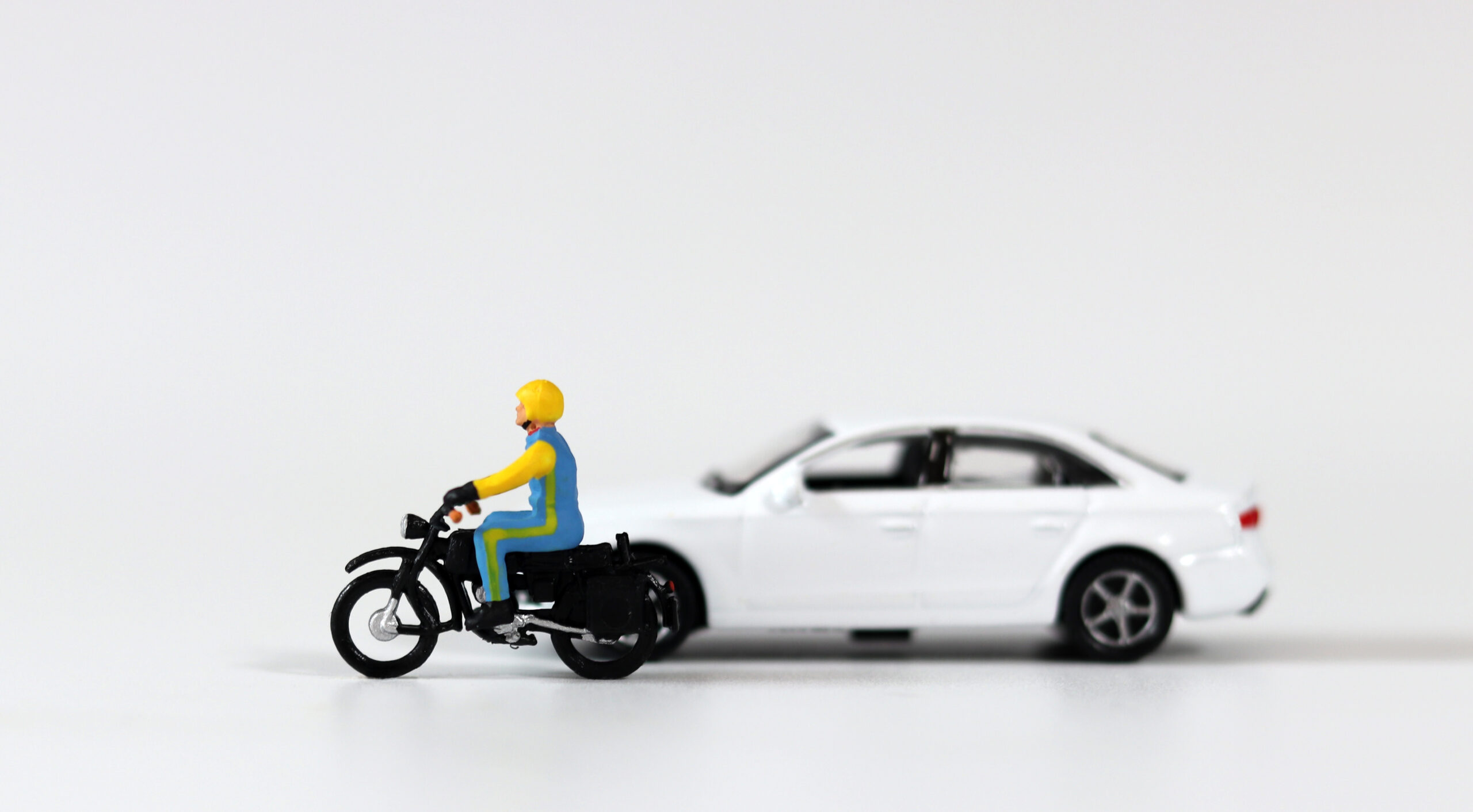Motorcycle accidents often result in complex investigations requiring precision and expertise to determine causes, establish liability, and improve safety standards. Motorcycle accident reconstruction is a specialized field that uses advanced tools, physics principles, and investigative techniques to analyze crashes. This article dives into the methods, technologies, and applications of motorcycle accident reconstruction, highlighting its importance in legal disputes, insurance claims, and safety enhancements.
Crash Site Examination
Key Elements of the Crash Scene
Examining the crash site is the foundation of any motorcycle accident reconstruction. Investigators carefully analyze:
- Skid Marks: Indicate braking patterns and potential loss of control.
- Debris: Helps identify points of impact and vehicle disintegration.
- Damage Patterns: Provide clues about the force, angle, and location of the collision.
Role of Environmental Factors
Environmental conditions significantly affect accident dynamics. Investigators review:
- Traffic Conditions: Was congestion a contributing factor?
- Weather: Did rain or ice reduce road grip?
- Road Conditions: Were there hazards like potholes or loose gravel?
Why Crash Site Analysis is Vital
Crash scene evidence offers real-time insights into what transpired during an accident. Skid marks, for instance, can reveal whether a rider attempted to brake or swerve, potentially influencing liability outcomes.
Motorcycle and Rider Analysis
Understanding Vehicle Dynamics
Motorcycles are uniquely dynamic vehicles. Reconstruction experts evaluate:
- Movement Dynamics: How the motorcycle moved before, during, and after impact.
- Failure Points: Were there mechanical defects or tire failures?
Assessing Rider Behavior
The rider’s actions play a crucial role in accident causation. Experts analyze:
- Reaction Times: Was the rider distracted or impaired?
- Behavioral Patterns: Sudden braking, swerving, or other maneuvers that may have contributed to the crash.
The Human Factor in Motorcycle Accidents
Riders often have split seconds to react in emergencies. Understanding their responses helps reconstruct the timeline and determine accountability.
Technological Tools in Reconstruction
Advanced Reconstruction Tools
Modern technology has revolutionized accident reconstruction. Some key tools include:
- Laser Scanners: Create precise 3D maps of crash scenes.
- Computer Simulations: Model accident scenarios to predict outcomes.
Telematics and Event Data
Data from event recorders and motorcycle telematics provides critical information:
- Speed and acceleration data.
- Vehicle diagnostics before and during the crash.
How Laser Scanners Enhance Reconstruction
Laser scanners capture intricate details, such as the depth of skid marks or precise locations of debris, enabling investigators to recreate accidents with unprecedented accuracy.
Physics Principles in Accident Analysis
Applying Core Physics Concepts
Physics is at the heart of accident reconstruction. Investigators use:
- Momentum and Impact Force: To calculate the speed and severity of collisions.witnes
- Friction: To understand the stopping power of the road surface.
- Trajectory Analysis: Determines the path the motorcycle took after the impact.
Why Physics Matters in Reconstruction
Forensic physics turns seemingly chaotic crash scenes into data points. For instance, by calculating impact force, experts can determine how fast the motorcycle was traveling at the time of the collision.
Incorporating Eyewitness and Data Evidence
Key Data Sources
Reconstruction experts integrate information from:
- Eyewitness Statements: Provide first-hand accounts of the crash.
- Dashcam Footage: Captures critical moments before and during the accident.
- Surveillance Videos: Offer additional perspectives, especially in urban settings.
Event Data Recorders and Motorcycle Telematics
These systems store invaluable crash-related data:
- Speed, acceleration, and braking patterns.
- Lean angles and throttle positions.
The Role of Eyewitness Testimony
Eyewitness accounts can corroborate or challenge physical evidence. Combined with telematics data, they create a robust narrative of the incident.
Expert Testimony and Legal Applications
Reconstruction Experts in Legal Cases
Expert witnesses are often called upon to provide:
- Detailed Reports: Breakdowns of crash dynamics.
- Court Testimony: Simplifies technical findings for juries.
Establishing Liability
Reconstruction experts help identify:
- Whether the rider, another driver, or external factors caused the accident.
- Any negligence that contributed to the crash.
Why Hire an Expert Witness?
Their testimony is invaluable in legal disputes, offering scientific backing to claims and ensuring justice is served.
Applications of Motorcycle Accident Reconstruction
Legal and Insurance Claims
Reconstruction findings are critical for:
- Proving fault or defending against liability claims.
- Establishing accurate insurance settlements.
Enhancing Safety Standards
The insights gained from crash analysis contribute to:
- Designing safer motorcycles and protective gear.
- Improving road infrastructure to prevent future accidents.
Supporting Law Enforcement
Reconstruction tools and techniques assist law enforcement in:
- Training officers to analyze crash sites.
- Solving complex accident cases.
How Reconstruction Improves Road Safety
Every accident analyzed is a step toward preventing the next one. By understanding failure points and crash dynamics, engineers and policymakers can design safer roads and vehicles.
Contact a Motorcycle Accident Lawyer
If you or a loved one has been involved in a motorcycle accident, seeking expert guidance is crucial. Contact Gonzalez & Cartwright, P.A. to ensure your rights are protected and receive the compensation you deserve. They can connect you with reconstruction experts to strengthen your case.
